Hey man, I did it. The New York City Marathon.
The New York Marathon was big, loud, exciting, glorious, painful, painful, painful, and triumphant, maybe the toughest race I’ve ever run. Where to begin? Well, I’ve now run more marathons than I can remember. I’m 44 and ran my first marathon, I don’t even know but let’s just say at least ten years ago. I’ve done it a lot and probably done four a year for the last four years.
But back to New York for a quick minute: wow, I’ve never seen crowd support like this before. It was like being in the centre of a victory parade and going through all the boroughs, my lord, getting a sense of each neighbourhood, and the pride each neighbourhood took in welcoming runners to their blocks, that was astounding. It’s interesting, running. All of these people watching and cheering, and it breaks colour lines and gender lines and politics. Being in America now, yuck—and I’m American—but all of that was forgotten on a beautiful sunny Sunday morning. The city was at its best and, being from New York, it meant everything. I even saw my uncle who I’ve lost touch with on the side of the road in Cobble Hill holding a sign for me, and I suspected he might be there, and I gave him a kiss.
It was that kind of day.
Or, well, it started out that way, as marathons do. The New York Marathon has five bridges to travail and they’re tricky. There’s lots of uphills and while it’s not the uphills of Heartbreak Hill in Boston, I don’t know, it’s a gradual burn the whole way. Staten Island is the starting point into Brooklyn and then Queens, where I had more family. It’s funny how 51,000 people can race and there can be something like a million spectators and you can still find your loved ones while running.
What’s up with that? The magic of the marathon, I guess.
After Queens, which was probably around mile 15, things got tricky. Recently I dropped out of the Scotiabank Toronto Waterfront Marathon at 28K and that’s the first time in my career that I’ve ever done that. Couldn’t, by any means, do that again. And I didn’t. Everyone who runs New York talks about the bridge into Manhattan around 15 miles. It’s about a mile long and dark and hits you in the brain—I think this is when the marathon starts. No longer high-fiving cute kids in the Brooklyn sun, now you have to work, and work hard.
I kept going and didn’t feel injured, particularly. Just, wow, the marathon is hard!! Up through Manhattan, and there was great crowd support, which doesn’t matter when you’re super duper struggling, and again, that’s the sport, that’s the fun. Everyone talks about those magic days, when you barely feel like you’re working. And that happens. But the ones where it’s not there, and it’s really a struggle not to walk, that’s when you earn your medal. And boy, I earned mine with every inch of my heart.
You go through the Bronx and Harlem, and again the city is just cheering like mad and you feel like you’re the World Series MVP on a victory parade, or, you would, if it didn’t require everything you’ve got to keep the legs moving forward. Krista DuChene once said that the great thing about the marathon is it’s finite. Keep going forward and you’ll get there, that’s how it works. And I just kept that in mind. Kept going. Inch by inch. Made it back into Manhattan and I knew each step would bring me closer to the finish line. So badly I just wanted to stop. To sit. I would not.
Made it to 5th Avenue. Got into Central Park and just kept going, going, going, refusing to walk. A friend called out to me from the sideline and later he said I had this look on my face—purposeful resilience. In a fine shade of green. Even when the sign said, 800 meters to go, I could not speed up. Time didn’t matter. (Though I did hit 3:14 and that makes me feel good; though I told a friend I did 3:12 and that makes me feel bad; never, ever lie about your time). Finally, there’s a sneaky little uphill to the finish line, I mean, who put that there? But that’s OK, New York. I did it. And you can see a finish line photo of me. I mean, right at the finish line, on that thing, I keel over. Ugh. (Look, closely for the bright yellow! That’s me on the right by the blue thing). . . 
But hey man, I did it. And the marathon, or whatever you’re running, the distance doesn’t matter, the effort does, is hard. It’s supposed to be. We talk about sneakers and about stars and we’re part of the culture and we love the clothing, but every once in awhile, you have to do the thing. And that’s what builds character. That’s what makes the whole thing legit.
The New York City Marathon may be my final outing. Maybe I’ll go out like Jay-Z and leave the marathon while I’m on top. My toe is black. I drank let’s say six pints afterwards and ten waters and three Gatorades and a chocolate milk and didn’t pee until midnight. I need a rest. My body is tired.
But boy oh boy, I did it.
Not my fastest, but my toughest. And that makes it my best.






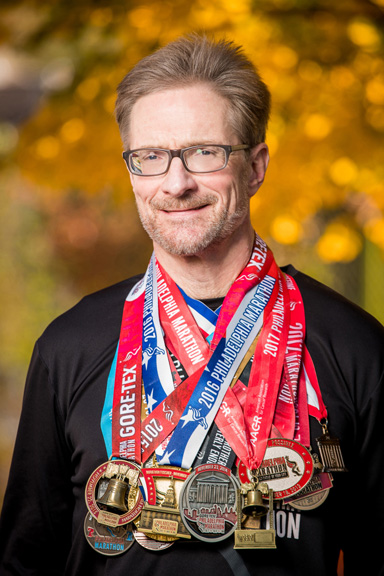

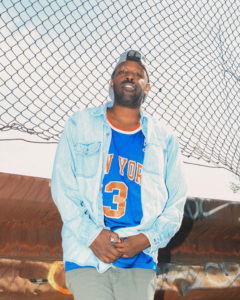




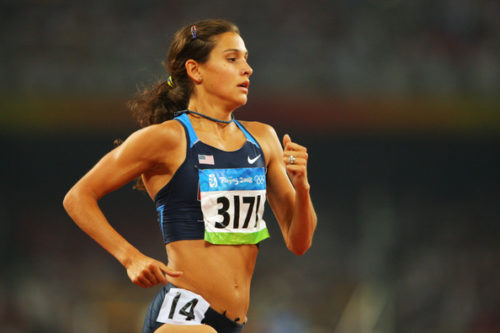
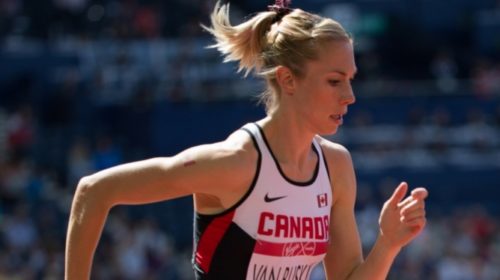
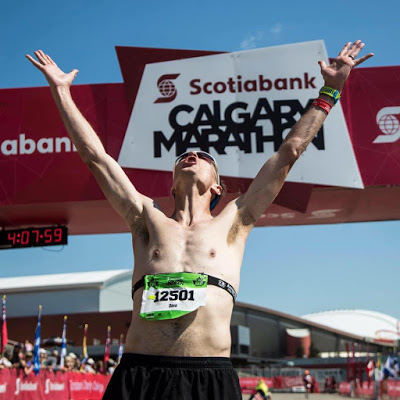
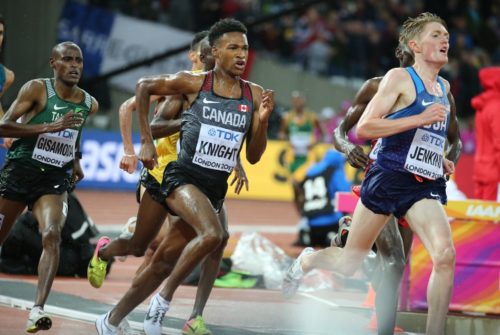




 Our Magazine
Our Magazine
